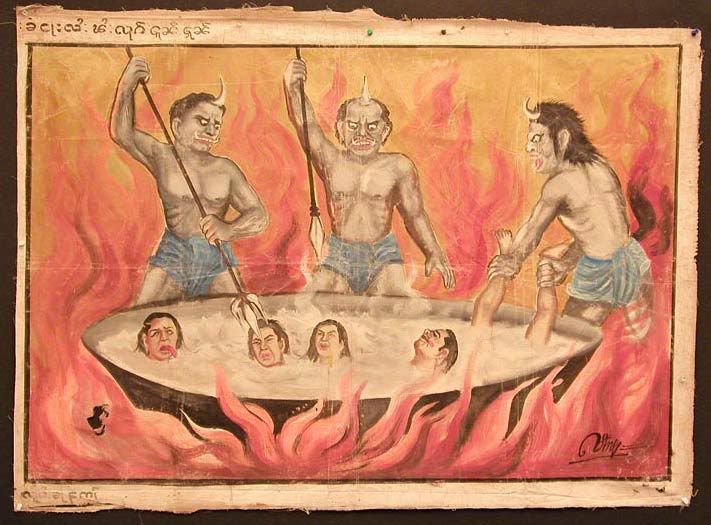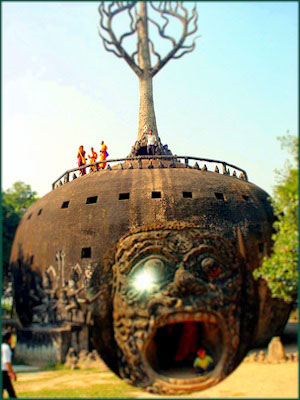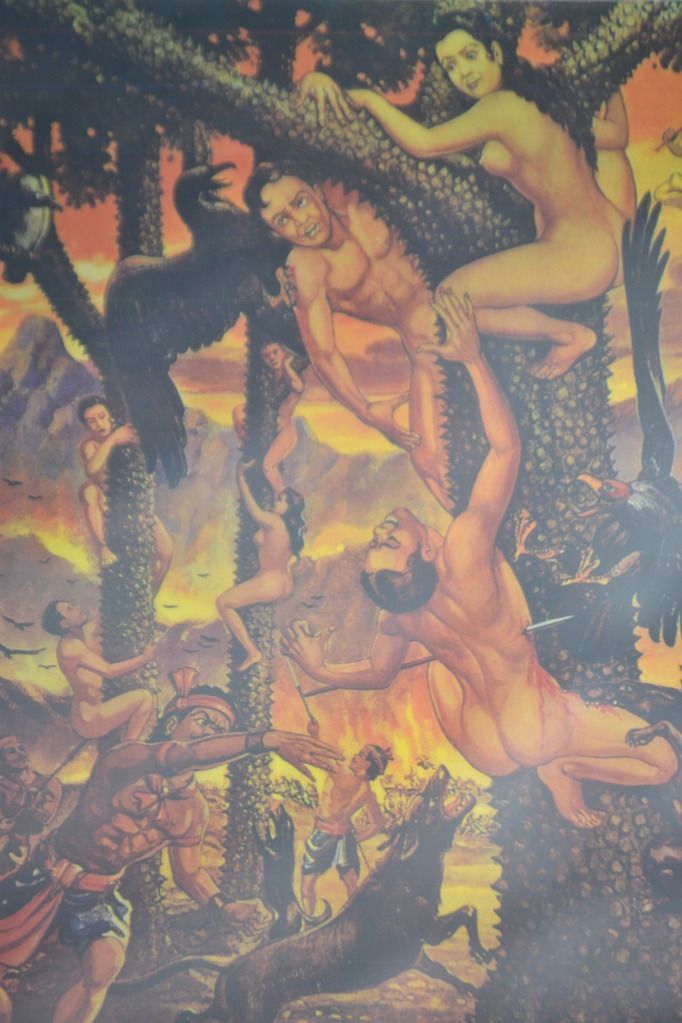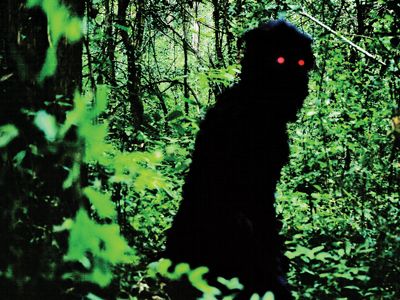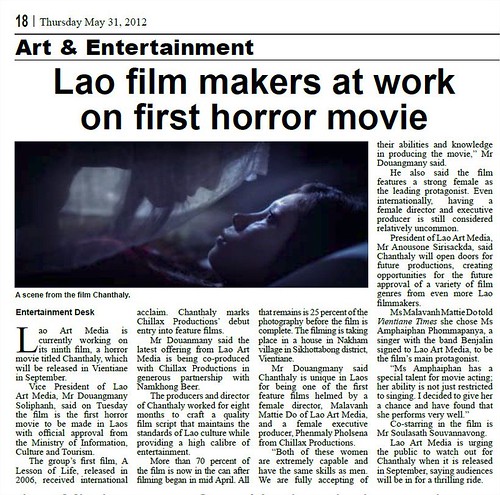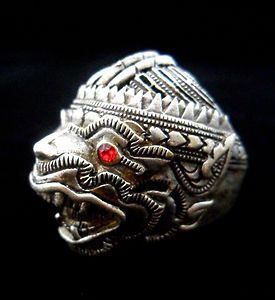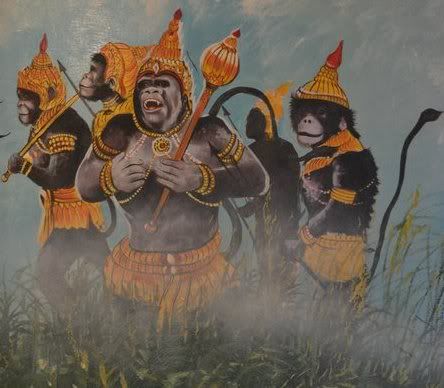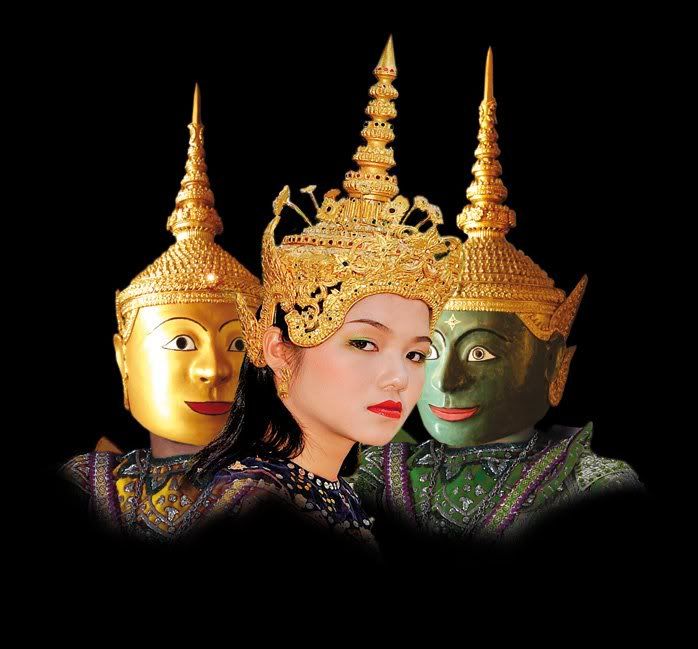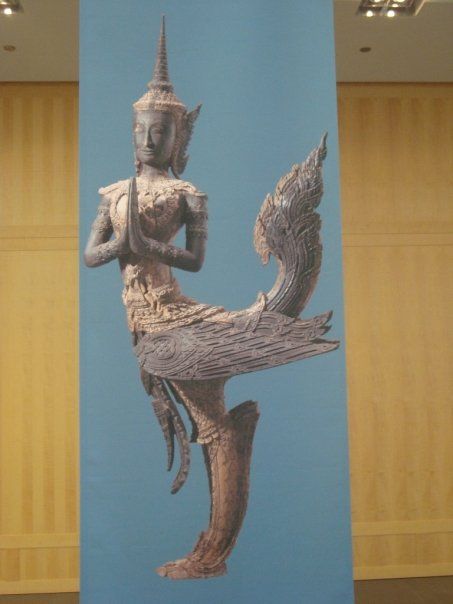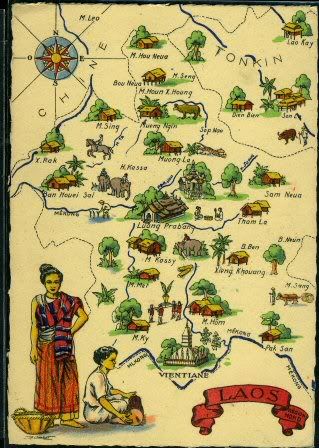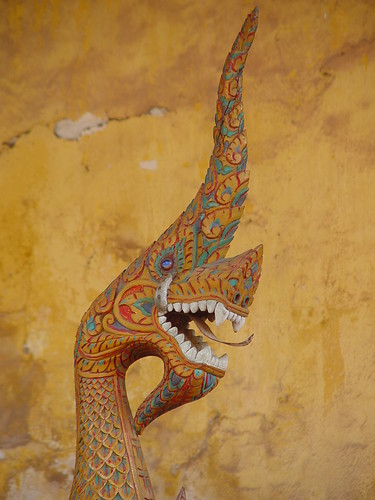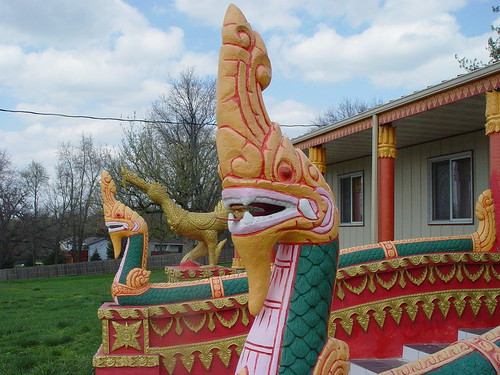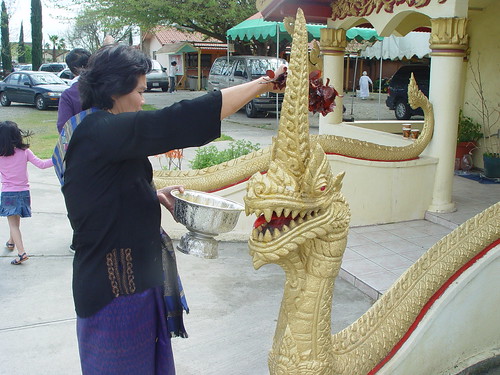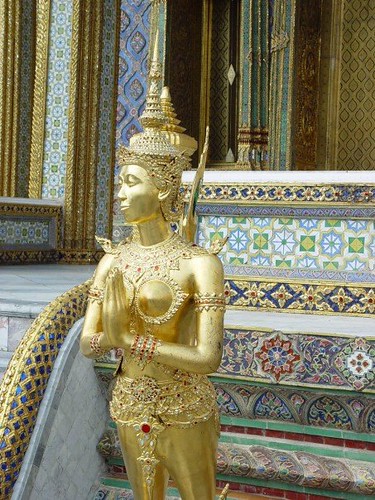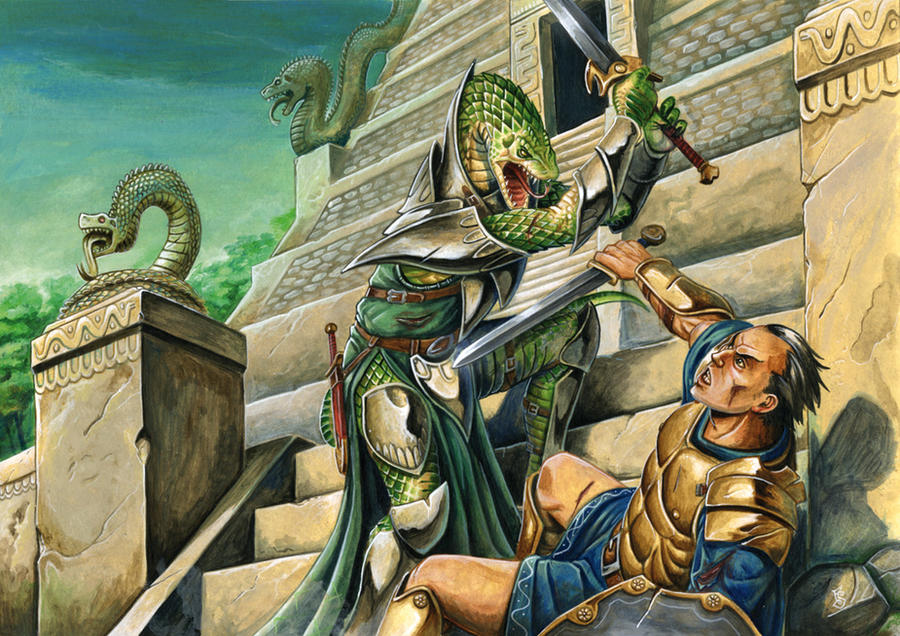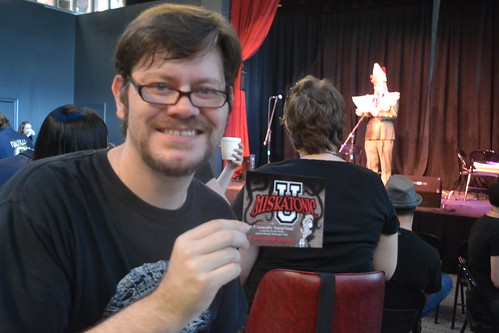Writer Ron Breznay did an interview with me for the Horror Writer Association newsletter early in September. You can still find that online if you're a member, I'm also reprinting our responses here so that newer readers and potential members can see some of the fun interviews he's been doing for the association.
You’ve written in a variety of genres, but tell us about your horror work and where it could be found.
A: You can find a significant amount of my recent horror work at the Innsmouth Free Press, including their anthologies "Historical Lovecraft," and "Future Lovecraft." I also have work appearing in Tales of the Unanticipated, Illumen, and several short stories in the Southeast Asian literary journal Paj Ntaub Voice. Two of my books, BARROW and On The Other Side Of The Eye, contain a significant number of examples of my horror poetry. One of my most widely available stories is "The True Tale of Yer," in the Bamboo Among the Oaks anthology. That particular story dealt with ancient Southeast Asian were-tigers, modern serial killers, and St. Paul's famous Frogtown district.
What are some of the Laotian mythological creatures that you’ve written about?
A: I just mentioned the were-tigers, who also appeared briefly in a short story of mine called "What Hides, What Returns," set in Colonial-era Laos. You really can't write Laotian horror stories without bringing in the Phi, who come in a variety of forms that non-Lao would consider ghosts but the term covers a wide range of spirits. Some are merely unsettling while others are incredibly malevolent.
Lao have historically had tremendous reverence for the serpentine Nak, more commonly referred to as Naga. In Lao tradition, they were protectors of the Buddha and took often horrific vengeance on those who defiled holy waterways. The Hmong, one of the many cultures who live within the borders of Laos have a terrifying entity known as a poj ntxoog, who featured in my Lovecraftian horror story, "A Model Apartment." They're fearsome non-human witches prone to tricking humans to no good end. There's such a staggering variety of beings from our region from both Buddhist and pre-Buddhist traditions, and so much work yet to be done to bring them forward in modern Lao horror.
You’ve done a lot of work in the Laotian community promoting literature and writing. What has been the most rewarding of your efforts?
A: I think the most important part to understand is that in 40 years since the end of the war for Laos, less than 40 books had emerged about the Lao diaspora, particularly books written by Lao in their own words. When we don't speak on our own terms, from our own inner truths, something gets lost along the way. I'm passionate about bringing those voices forward because Laos has a cultural heritage over 700 years and a blend of over 60 different cultures. Some of those cultures are over 4,000 years old with traditions and beliefs that we're only just now beginning to understand. The Laotian Civil War in the 20th century has often been called the Secret War because of the involvement of the CIA and others. When the younger generation sees these stories being told to them, it's really rewarding watching their eyes light up and realize they do have a history, a heritage, a place in the world, even if it's one many others have tried to distort and obfuscate over the decades.
You mentioned that your first trip back to Laos in 30 years was in the same year that former HWA president S.P. Somtow was debuting his ghost story opera Mae Naak in Bangkok. Though you didn’t get to catch the production at the time, the Mae Naak story wound up permeating a lot of your visit. What is the story about, and how did it affect your visit?
A: In a nutshell, Mae Naak is a classic ghost story of a young man who meets the love of his life who dies in childbirth while he's off to war. When he comes back, she returns and they almost rebuild their lives until the truth of her being a ghost comes out, then all hell breaks loose, in most versions. But today, the Thai maintain a shrine to her at Wat Mahabut in Bangkok.
It's complicated to explain, but I came across her legend in my first return to Laos and Southeast Asia in 30 years since I was adopted by a pilot just before the end of the wars there. Strangely, everywhere I went in Bangkok, there were posters, there were movies about Mae Naak playing, or I would open up books and papers and the first thing that's staring me in the face is an account of her story. I wound up visiting Wat Mahabut. There, most people go to pray for lucky lottery numbers and help with fertility or the protection of husbands in the military. But after some strange adventures in Laos, I'm convinced she's also good at family reunification, when I found my long-lost family after 30 years. It's not very Cartesian to suggest she played a role in it, I suppose. But ten years later, her story still sticks with me. Make of it what you will.
You also mentioned a humorous incident that occurred when you submitted a short story to a Lovecraftian journal (that shall remain nameless). What was that incident?
A: The journal passed on the story, but the editor noted that rather than invent a new race called the Hmong (who are actually a real culture), I should stick with a more established race in the Lovecraft Mythos. As we joke at a few conventions now, it boiled down to “The Shoggoths are ok, but no one’s gonna buy these Hmong people you’re talking about.”
Tell about your latest work.
A: This September I'll be presenting at the H.P. Lovecraft Film Festival in Los Angeles. My first book of speculative poetry just celebrated its 5th anniversary this year, and I was recently selected as the Lao delegate in London for the Cultural Olympaid convened at the same time as the Olympics. So much of my time has been tied up with that.
My second and latest collection of poetry, BARROW, is still finding its audience, drawing on the mythic and literary horror traditions of America, Europe, and Southeast Asia. In that one, I wanted to examine a number of different things, from Lord of the Flies to Blade Runner, moon-eating frogs and what happens if James Joyce got stranded on Gilligan's Island. My most recent short story, "What Hides, What Returns," has been getting some good feedback as a piece set in the late 1800s in Laos, drawing connections between the ancient Lao legends and the Cthulhu mythos. It was easier to make those connections that one might initially presume.
What do you have coming out in the future?
A: I'm currently finishing the editing on an anthology of Lao American speculative arts. We received some wonderful submissions in a variety of genres from across the U.S. I'm also working on a collection of Southeast Asian American short horror stories that I've been writing over the last ten years. It's exciting to finally get that out there.
Why did you join the HWA, what do you hope to get from your membership, and what do you hope to contribute to the organization?
A: In Minnesota, there's a saying "We all do better when we all do better." Modern Lao horror is really just starting to come into its own, while the field in general is changing in so many ways. Such as electronic publishing, for example. To me, it's more vital than ever to be able to have professional conversations with emerging and established writers and consider their experience and share opportunities. How do we build lifelong fans of horror? How do we teach an appreciation of the classics while also opening the way for
new voices from around the world? To me these are enduring questions. I hope together that we'll be able to work together to keep the field innovative, fresh, and enticing for the next generation of horror readers and writers.

